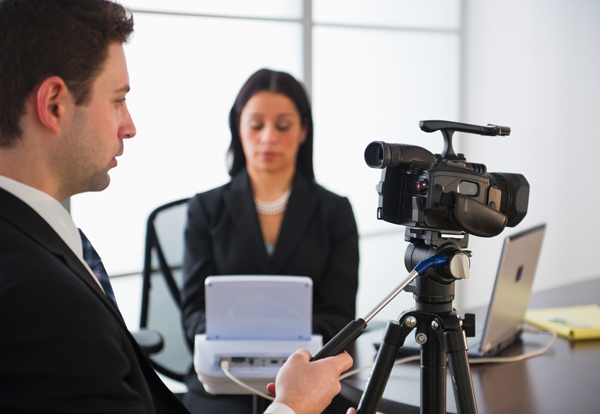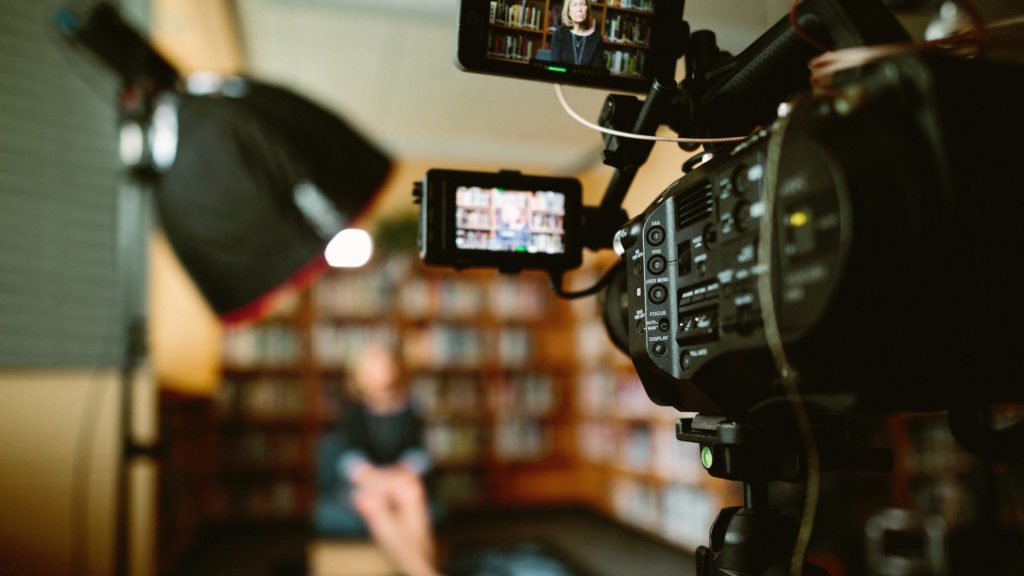The Ultimate Guide to Legal Videography for Lawyer and Legal Teams
Digging Into the Devices of Lawful Videography: Introduction Its Procedure in Shielding Authentic Visual Testimony for Judicial Proceedings
In the realm of judicial process, the function of lawful videography stands as a foundation in maintaining and providing aesthetic evidence. As modern technology continues to breakthrough, the mechanisms behind lawful videography have ended up being increasingly complex, offering a critical layer of authenticity to testaments captured on video.
Historic Evolution of Legal Videography
Examining the historical progression of lawful videography exposes a substantial makeover in the capturing and discussion of visual proof within the lawful landscape. In the past, legal proceedings heavily relied upon written pictures and transcripts to document events and supply proof. With the development of video clip modern technology, the lawful industry witnessed a paradigm shift in exactly how visual statement was caught and offered.
The advancement of lawful videography can be mapped back to the late 20th century when innovations in video recording equipment made it much more easily accessible for usage in court rooms. This technical innovation not just boosted the precision and integrity of aesthetic proof however likewise reinvented the method situations existed to juries and courts (Legal Videography). Lawyers started to recognize the influential power of video clip recordings in communicating feelings, nuances, and non-verbal cues that written transcripts or photographs alone might not catch efficiently

Innovation Improvements in Video Clip Paperwork
What crucial technical improvements have reinvented video paperwork in the legal field? The lawful area has actually seen considerable developments in video documentation technology that have actually boosted the credibility and dependability of visual proof in judicial process. One of the essential advancements is high-def (HD) video clip recording abilities, which offer crystal-clear photos and sharp information that are important for properly recording statements, facial expressions, and various other aesthetic cues. Additionally, the assimilation of timestamping and metadata functions in video documentation devices has actually enabled precise paperwork of when and where the video was videotaped, making certain the stability of the evidence provided in court.
In addition, developments in video clip file encryption and watermarking modern technologies have strengthened the safety and tamper-proof nature of video proof, guarding it against unapproved alterations or tampering. In addition, the introduction of cloud storage space solutions and remote gain access to capacities has streamlined the storage space, access, and sharing of video evidence, assisting in smooth collaboration among lawful professionals and making sure reliable accessibility to vital aesthetic testaments when needed. These technological innovations in video clip documents have certainly reinvented the lawful area, improving the precision, integrity, and admissibility of aesthetic proof in judicial process.
Function of Lawful Videographers in Court Settings
The evolution of video clip documents innovation in the legal field has actually required an important function for legal videographers in court room settings, guaranteeing the integrity and integrity check here of visual testimonies offered during judicial proceedings. Lawful videographers play an essential role in recording and protecting accurate aesthetic evidence that can be crucial in court situations. Their responsibility includes establishing equipment, videotaping procedures, and producing premium videos that properly show the occasions in the court.
In addition, legal videographers frequently function very closely with lawful groups to ensure that the video evidence lines up with the situation's demands and can be properly offered in court to sustain the lawful arguments being made. In general, his response the function of legal videographers in court settings is vital in promoting the concepts of justice and making certain the openness of lawful process. Legal Videography.

Ensuring Admissibility and Stability of Video Clip Proof
To maintain the reputation of visual evidence provided in lawful proceedings, ensuring the admissibility and stability of video clip proof is a vital duty for legal videographers. Admissibility refers to the approval of proof by the court, and for video evidence to be permissible, it has to meet specific standards. Lawful videographers play an essential function in making certain that the videos they capture abide by the policies of proof, such as reliability, relevance, and authenticity.
Integrity of video evidence entails keeping the creativity and precision of the video from the moment it is taped till it is offered in court. This consists of safely keeping the video files, recording the chain of guardianship, and avoiding any tampering or changes. Lawful videographers need to abide by stringent protocols to guarantee the integrity of the video clip proof and stop any type of challenges to its credibility.
Future Trends in Legal Videography
Offered the boosting reliance on technology in lawful procedures, legal videographers are positioned to welcome ingenious developments forming the future of visual testimony capture and discussion. One of the popular trends on the perspective is the assimilation of online reality (VIRTUAL REALITY) and enhanced reality (AR) modern technologies right into legal videography. These technologies have the prospective to transform just how visual evidence exists in courtrooms, permitting discretionary to submerse themselves in the scene of the crime or occurrence.
Additionally, using expert system (AI) algorithms for video clip evaluation is expected to improve the process of assessing and evaluating large amounts of video footage. AI my sources can assist in determining vital moments, anomalies, and patterns within videos, boosting the efficiency of lawful investigations.

Conclusion
To conclude, legal videography has played an important duty in offering genuine aesthetic evidence for judicial process. Via technical improvements and the competence of legal videographers, the integrity and admissibility of video proof are made certain in court setups. As legal videography remains to develop, it will certainly be vital to copyright standards that preserve the precision and reliability of aesthetic testament for the future of lawful procedures.
Checking out the historic progression of lawful videography discloses a considerable improvement in the recording and discussion of visual proof within the lawful landscape.The evolution of video clip documentation modern technology in the lawful area has actually required a vital function for legal videographers in court room settings, ensuring the integrity and dependability of visual statements provided throughout judicial process. Additionally, legal videographers commonly function carefully with lawful groups to make sure that the video proof aligns with the case's requirements and can be effectively provided in court to support the legal debates being made.To keep the trustworthiness of aesthetic evidence offered in legal procedures, making certain the admissibility and stability of video proof is an important obligation for lawful videographers. As legal videography proceeds to progress, it will certainly be essential to support criteria that preserve the accuracy and dependability of visual testimony for the future of legal proceedings.